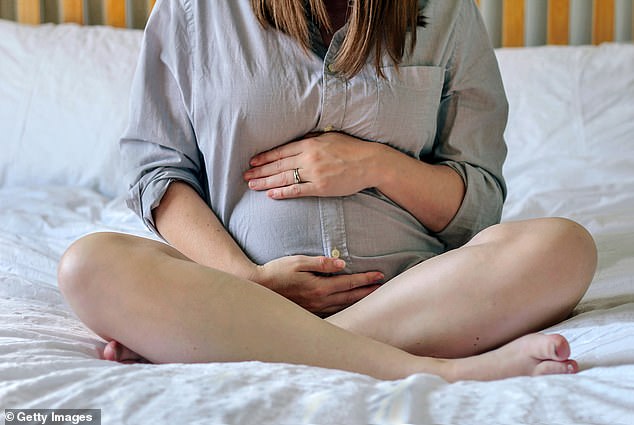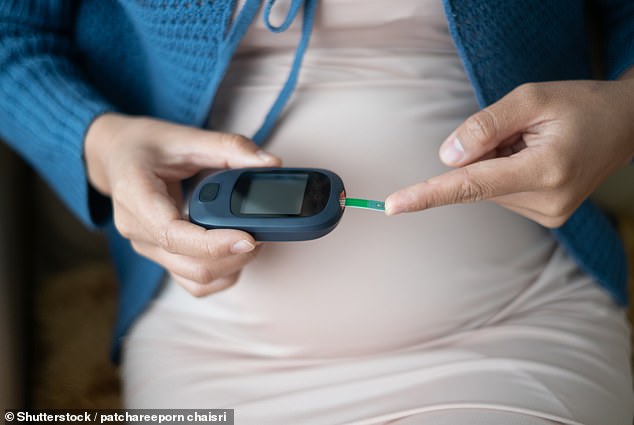Two-thirds of pregnant women may not be diagnosed with a serious medical condition due to faulty screening, research has found.
A study found that widely used tests for gestational diabetes (which causes high blood sugar levels and typically occurs in the second and third trimesters of pregnancy) correctly identify only 29 percent of cases.
If left untreated, this condition can lead to pregnancy complications for both mother and baby, including an increased risk of developing type II diabetes, babies growing larger than normal, and premature birth.
Although rare, it can also cause babies to be stillborn.
As a result, the NHS recommends that women at risk of gestational diabetes have a screening test called an oral glucose tolerance test (OGTT) in the third and fourth months of pregnancy.
A study found that the most commonly used tests to detect gestational diabetes correctly identify only 29 percent of cases. (File photo)

In the UK, up to half of obstetrics clinics use this casual test to assess patients for the first time. (File photo)
Because of the time and preparation required for the test (which requires the mother to fast for ten hours and take two separate blood tests), the study found that a large fraction of healthcare facilities were using the standard finger-prick blood glucose test for the first time.
Only if women tested positive would they be asked to undergo the more rigorous and time-consuming oral glucose tolerance test (OGTT).
In the UK, up to half of all obstetric clinics rely on this casual test to first assess patients.
However, researchers found that a large number of cases of gestational diabetes were missed during this two-tier process.
When they examined 99 women who were eventually diagnosed with the disease, they found that less than a third had been correctly identified as having high blood sugar levels by the simplest test. The other two-thirds were incorrectly assigned a false negative and were not offered further testing.
Study author Kenji Tanimura, an obstetrician at Kobe University in Japan, said he hopes this will encourage the use of more accurate glucose detection methods: “The goal is to protect more mothers and babies from gestational and birth problems caused by this form of diabetes.”


